Queensland boasts diverse aquatic ecosystems, necessitating fishing regulations. Understanding these regulations, including size limits, is crucial for sustainable fishing practices. These rules help maintain healthy fish populations and ensure the future of recreational and commercial fishing in Queensland. Familiarize yourself with the rules before you go.
Importance of Understanding Size Limits
Understanding size limits is paramount for responsible fishing in Queensland, helping sustain fish populations. Size limits ensure that fish have the opportunity to mature and reproduce, maintaining a healthy breeding stock. Adhering to these regulations contributes to the long-term viability of Queensland’s fisheries. Moreover, it prevents the overfishing of juvenile fish, allowing them to reach their full potential. By following size limits, anglers actively participate in conservation efforts, preserving aquatic ecosystems. Non-compliance can lead to fines and penalties. Thus, understanding and respecting size limits is a critical aspect of ethical and sustainable recreational and commercial fishing in Queensland’s diverse waterways.
Queensland Fisheries Act 1994
The Queensland Fisheries Act 1994 establishes the state’s legislative framework for regulating fishing activities. It covers commercial, recreational, and indigenous fishing. This Act aims to protect fisheries habitat and ensure sustainable management of marine resources within Queensland.
Legislative Framework for Fishing Regulations
The Queensland Fisheries Act 1994 provides the overarching legislative framework for managing fisheries resources in Queensland. This Act empowers the creation of regulations, such as the Queensland Fisheries Regulation 2008 and the Queensland Fisheries (General) Regulation 2019, which detail specific rules and requirements. These regulations address various aspects of fishing, including size limits, gear restrictions, and closed areas. The Act aims to ensure the sustainable use of Queensland’s fisheries resources by providing a legal basis for managing fishing activities and protecting aquatic habitats. Compliance with this framework is crucial for responsible fishing.

Queensland Fisheries Regulation 2008
The Queensland Fisheries Regulation 2008 is subordinate legislation that details the framework for managing Queensland’s fisheries. It addresses inshore finfish resources and aligns with the objectives of the Fisheries Act 1994 for effective management.
Subordinate Legislation Details
Queensland Fisheries Regulation 2008, designated as Subordinate Legislation 2008 No. 83, operates under the Fisheries Act 1994. It integrates with the Integrated Planning Act 1997, the Marine Parks Act 2004, and the Nature Conservation Act 1992; This regulation provides detailed specifications for managing fisheries resources. Part 6 specifically addresses fish measurement, particularly focusing on size restrictions. This ensures sustainable fishing practices by outlining how fish size is determined. The framework supports conservation efforts and responsible resource use within Queensland’s aquatic environments. It’s crucial to understand the legislation details.

Queensland Fisheries (General) Regulation 2019
The Queensland Fisheries (General) Regulation 2019 outlines preliminary information, including its short title and commencement details. It’s a key document affecting fishing rules and regulations, aiming for sustainability in Queensland fisheries management and the need to check for updates.
Overview of Recent Changes
Recent changes to Queensland’s fisheries legislation, commencing 1 September 2019, impact recreational and commercial fishing. These changes aim to ensure the long-term sustainability of fish stocks. The reforms encompass updated size limits, possession limits, and gear restrictions. Fishers need to be aware of these changes. The Queensland Government is actively updating relevant websites to reflect these modifications. Compliance with the new regulations is essential for preserving Queensland’s aquatic resources. Always consult the latest official documents or the Qld Fishing 2.0 app for accurate information. These updates are designed to maintain healthy fish populations for future generations in Queensland waters.
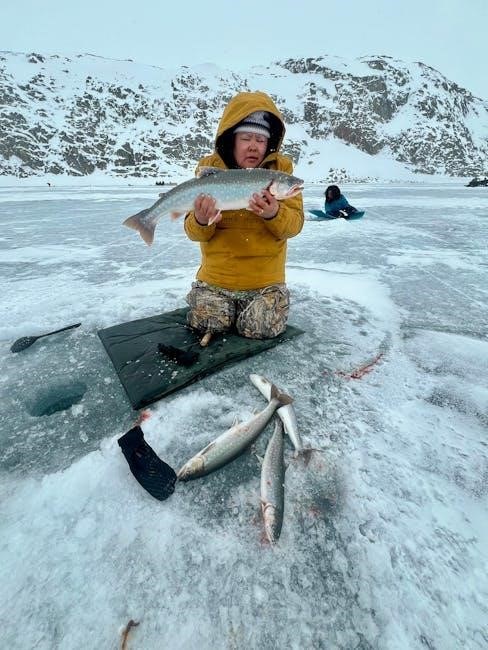
Minimum and Maximum Size Limits
Queensland enforces minimum and, in some cases, maximum size limits for various fish species. These limits are crucial for protecting vulnerable fish populations and maintaining ecological balance within Queensland’s aquatic environments. Check the specific limits before fishing.
Purpose of Size Restrictions
The implementation of minimum and maximum size limits for fish species in Queensland serves a critical role in fisheries management. Minimum size limits allow fish to reach reproductive maturity, ensuring they can contribute to future generations. This helps maintain sustainable fish populations by allowing them to breed before being harvested. Maximum size limits protect larger, older fish, which often have a disproportionately high reproductive output and contribute significantly to the genetic diversity and resilience of the population. By adhering to these size restrictions, anglers contribute to the long-term health and sustainability of Queensland’s fisheries resources, ensuring that these resources can be enjoyed by future generations.
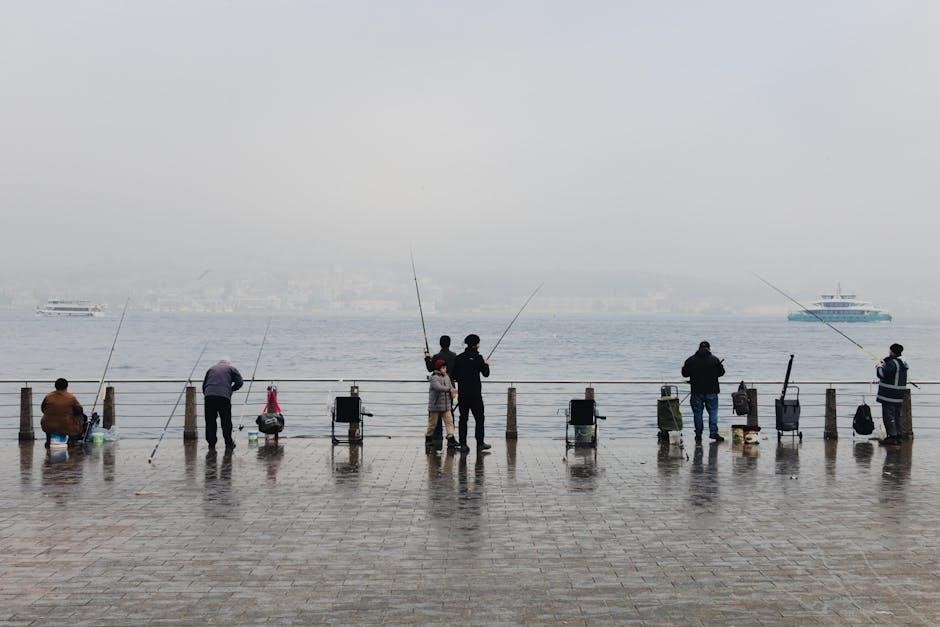
Qld Fishing 2.0 App
The Qld Fishing 2.0 app offers digital access to Queensland’s fishing regulations. Download the app for the latest rules, size limits, and possession limits; It’s a handy tool for responsible anglers.
Digital Access to Regulations
The Qld Fishing 2.0 app provides anglers with convenient digital access to the most current Queensland fishing regulations. This eliminates the need to carry printed guides, ensuring anglers always have the latest information at their fingertips. The app includes details on size limits, possession limits, and closed areas. It also offers features like trip logging and species identification. By using the Qld Fishing 2.0 app, anglers can stay informed and contribute to sustainable fishing practices in Queensland. The app promotes compliance and helps protect fish stocks for future generations, making it an invaluable tool for responsible recreational fishing.

Possession Limits
Possession limits dictate the maximum number of fish an individual can legally possess, encompassing fish stored at home. These limits are designed to prevent overfishing and ensure sustainable fish stocks. Adherence is crucial for responsible angling.
Rules for Fish Stored at Home
Queensland’s fishing regulations extend to fish stored at your residence. The possession limits apply regardless of whether the fish are freshly caught or stored at home in freezers or refrigerators. Exceeding these limits, even with fish caught over multiple days, constitutes a violation of fisheries laws. It’s essential to accurately record your catch and ensure compliance with the regulations to avoid penalties. Remember, these rules are in place to protect Queensland’s precious fish stocks for future generations. Consult the Qld Fishing 2.0 app or a printed guide for a comprehensive understanding of current possession limits for various species. Sustainable practices benefit everyone.
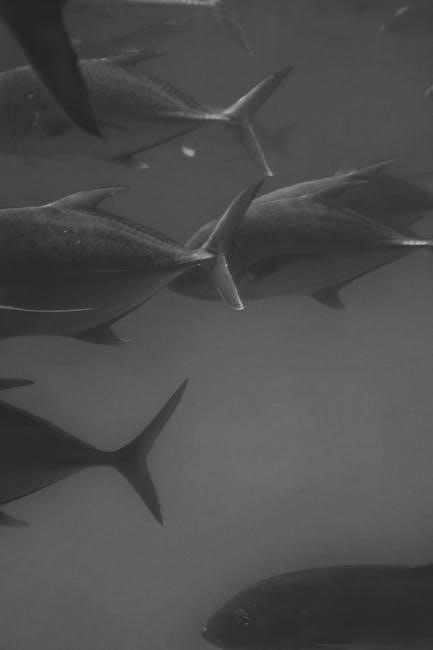
Reporting Fishing Offences
To report suspected fishing violations in Queensland, contact Fishwatch at 1800 017 116. This number is available for reporting illegal fishing activities, ensuring the protection of Queensland’s fisheries resources. Your vigilance helps maintain sustainable fishing practices.
Fishwatch Contact Information
If you observe any suspected illegal fishing activities in Queensland, it is crucial to report them promptly to Fishwatch. You can contact Fishwatch by calling their dedicated hotline at 1800 017 116. This toll-free number is available 24/7, allowing you to report offences at any time. When reporting, provide as much detail as possible, including the location, date, time, and a description of the suspected violation. Any information, no matter how small it may seem, can be valuable in protecting our fisheries resources. Remember, your vigilance helps ensure sustainable fishing for future generations. Fishwatch is committed to investigating all reports thoroughly and taking appropriate action.
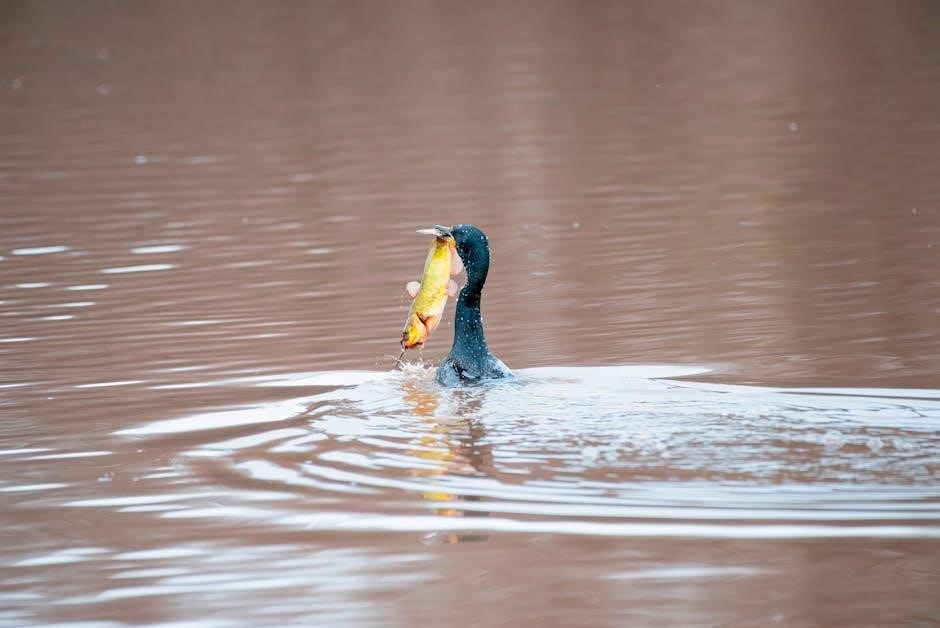
Sustainable Fisheries Strategy 2017-2027
The Queensland Sustainable Fisheries Strategy 2017-2027 aims to balance ecological sustainability with economic prosperity. This strategy influences commercial fishing regulations, ensuring responsible harvesting. It also aligns with recreational fishing rules, including size limits, to conserve fish stocks.
Alignment with Commercial Fishing Regulations
The Sustainable Fisheries Strategy 2017-2027 directly shapes commercial fishing regulations in Queensland, promoting long-term viability. These regulations are intrinsically linked to recreational fishing rules, including size limits, to achieve cohesive fisheries management. Both sectors must adhere to these rules to prevent overfishing and maintain healthy fish populations. The strategy aims to create a balance between commercial interests and environmental protection. This includes promoting sustainable fishing practices across all sectors. Commercial fishing regulations are essential for ensuring the long-term health and productivity of Queensland’s fisheries resources. Size limits are a vital component of these regulations, contributing significantly to stock management and conservation efforts.

Recreational Fishing Rules and Regulations Guide
Queensland provides comprehensive guides detailing fishing regulations, including size and possession limits. These resources are available in printed form and online. Anglers should consult these guides before fishing to ensure compliance.
Printed Copies and Online Resources
To ensure anglers have easy access to current regulations, Queensland offers both printed guides and online resources. The Qld Fishing 2.0 app provides digital access, including a “My fishing” feature to record trips. Printed copies of the recreational fishing rules are also available. These resources detail size limits, possession limits, and permitted equipment. Staying informed is crucial for responsible fishing and conservation. Changes to Queensland’s fisheries legislation commenced 1 September 2019, so it is vital to use the latest available guide, either in print or via the app, for accurate information. Make sure to check for updates.
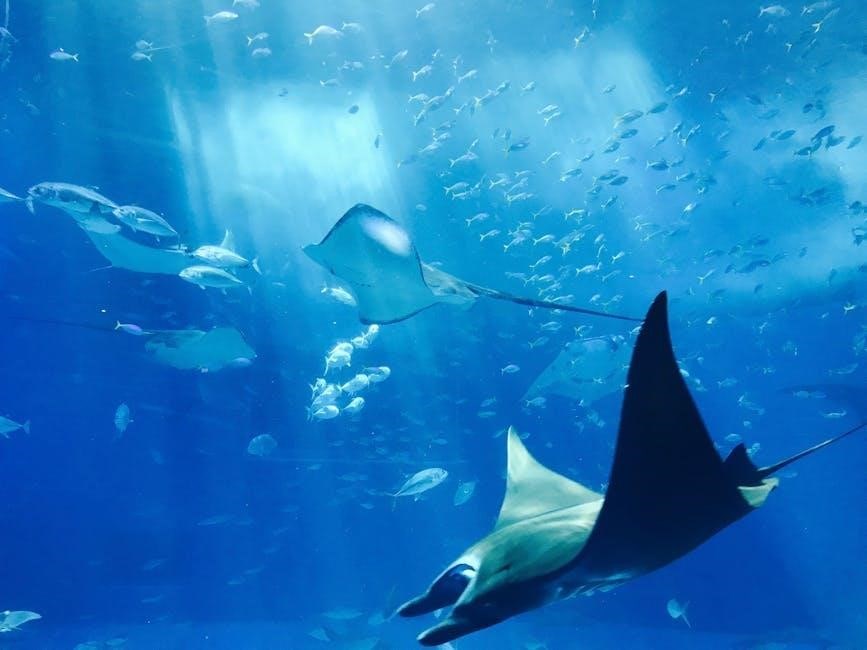
Fishing Gear Restrictions
Queensland implements fishing gear restrictions in tidal and fresh waters. These regulations aim to promote sustainable fishing practices. It’s essential to understand permitted equipment types to avoid breaking the law. Anglers must be aware of these rules.
Regulations on Permitted Equipment
Queensland’s fishing regulations specify permitted fishing equipment to ensure sustainable practices. Restrictions vary depending on the location, including tidal and fresh waters. Understanding these regulations is crucial for responsible fishing. Using illegal gear can result in penalties. Regulations may cover net sizes, hook types, and line strengths. Always check the latest guidelines before fishing. The Qld Fishing 2.0 app provides information on permitted equipment. Responsible anglers adhere to these rules. These regulations are designed to protect fish stocks and ecosystems. By following these rules, you can help ensure that fishing remains sustainable for future generations in Queensland.
Fisheries Regulated Waters (FRW)
Fisheries Regulated Waters (FRW) are areas closed to fishing in Queensland. These closures aim to protect vulnerable fish populations and habitats. Refer to Schedule 1 of the Fisheries Declaration 2019 for specific FRW locations and regulations.
Areas Closed to Fishing
Within Queensland’s aquatic environment, certain areas are designated as Fisheries Regulated Waters (FRW) and are strictly closed to fishing activities. These closures are implemented to safeguard vulnerable fish stocks, protect critical habitats, and ensure the long-term sustainability of Queensland’s fisheries resources. FRWs may include spawning grounds, nursery areas, or regions with significant ecological value. Anglers must consult the Fisheries Declaration 2019, specifically Schedule 1, to identify the precise locations and boundaries of these closed areas. Adherence to these regulations is essential for responsible fishing and conservation efforts within Queensland’s waterways, supporting a balanced ecosystem.
Changes Commenced 1 September 2019
Significant changes to Queensland’s fisheries legislation took effect on September 1, 2019. These reforms impacted recreational, charter, and commercial fishing rules. The goal was to ensure the long-term sustainability of fish populations within Queensland’s waters.
Impact of Fisheries Reforms
The fisheries reforms implemented on September 1, 2019, brought about significant changes to recreational, charter, and commercial fishing in Queensland. These changes aimed to enhance the sustainability of fish stocks and ensure the long-term health of Queensland’s aquatic ecosystems. A key aspect of the reforms involved modifications to fishing rules, including size limits, gear restrictions, and possession limits. These adjustments were designed to promote responsible fishing practices and prevent overfishing.
The reforms also emphasized the importance of community support and compliance with fishing regulations. Increased monitoring and enforcement efforts were implemented to ensure that fishers adhered to the new rules. The Queensland government also worked to improve communication and education about the reforms, providing resources and information to help fishers understand and comply with the new regulations.
Combined Possession Limits for Coral Reef Fin Fish
A combined possession limit of 20 applies to all coral reef fin fish species. Refer to fisheries legislation for a complete list of species. This regulation ensures the sustainability of reef ecosystems by preventing overfishing.
Specific Rules for Reef Species
Queensland’s coral reef fin fish are subject to specific combined possession limits to protect these vulnerable species. A total limit of 20 applies across all coral reef fin fish species combined. This limit includes all fish, whether stored at home or on a vessel. Anglers must consult official fisheries legislation for a complete list of species covered under this combined limit. These regulations are designed to maintain the ecological health of Queensland’s coral reefs and ensure the long-term sustainability of recreational and commercial fishing. Compliance with these rules is essential for conserving these valuable resources for future generations and to follow the responsible fishing guidelines.